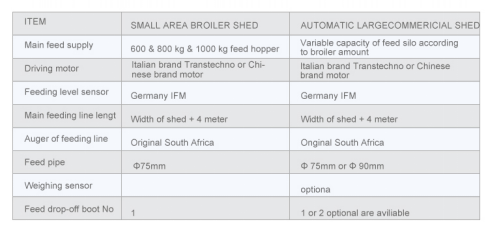Innovative Designs of FRP Fan Blades for Enhanced Performance and Efficiency
តុលា . 22, 2024 03:26 Back to list
Innovative Designs of FRP Fan Blades for Enhanced Performance and Efficiency
Understanding FRP Fan Blades Innovations and Applications
In recent years, the utilization of Fiber Reinforced Plastic (FRP) has gained significant traction across various industries, particularly in the manufacturing of fan blades. FRP fan blades offer a myriad of advantages that set them apart from traditional materials such as aluminum and steel. This article delves into the characteristics, benefits, and diverse applications of FRP fan blades.
What is FRP?
Fiber Reinforced Plastic, commonly known as FRP, is a composite material made of a polymer matrix reinforced with fibers. These fibers can be made from glass, carbon, aramid, or other materials, providing the composite with enhanced strength, stiffness, and resilience. The combination of these fibers with a plastic resin results in a lightweight yet durable material ideal for various engineering applications, including fan blades.
Advantages of FRP Fan Blades
1. Lightweight One of the most notable benefits of FRP fan blades is their lightweight nature. This characteristic allows for easier handling during installation and maintenance and improves energy efficiency during operation. A lighter blade can lead to reduced energy consumption, making FRP an environmentally friendly choice.
2. Corrosion Resistance FRP is inherently resistant to corrosion, making it an excellent choice for applications in harsh environments, such as chemical plants or coastal areas where saltwater can lead to rapid deterioration of metal components. This resistance translates to lower maintenance costs and a longer lifespan for the fan blades.
3. High Strength-to-Weight Ratio FRP materials exhibit a remarkable strength-to-weight ratio, making them capable of withstanding high stresses and strains without adding excessive weight. This feature is particularly advantageous in applications involving high rotational speeds and varying loads.
4. Customizability The manufacturing process of FRP fan blades allows for a high degree of customization. Designers can manipulate the fiber orientation and resin composition to optimize performance characteristics tailored to specific applications. This flexibility can lead to enhancements in aerodynamics and overall efficiency.
frp fan blades

5. Reduced Noise Levels FRP fan blades can be designed with shapes and profiles that reduce aerodynamic noise. This makes them suitable for applications where noise reduction is crucial, such as in residential areas or within urban environments.
Applications of FRP Fan Blades
The versatility of FRP fan blades has led to their adoption in a variety of industries
1. HVAC Systems In heating, ventilation, and air conditioning systems, FRP fan blades offer improved efficiency and longevity. Their lightweight nature reduces the overall load on the system, which can translate to lower operational costs.
2. Industrial Fans Many industrial processes utilize large fans for cooling, ventilation, or exhaust. The corrosion resistance of FRP makes it ideal for use in environments with corrosive chemicals or high humidity.
3. Wind Turbines The renewable energy sector has also embraced FRP materials for the manufacturing of wind turbine blades. Their high strength-to-weight ratio allows for the construction of larger blades capable of capturing more wind energy.
4. Marine Applications In marine environments, where components are subjected to saltwater and harsh conditions, FRP fan blades offer significant advantages due to their exceptional resistance to corrosion and degradation.
Conclusion
The advancement of FRP technology marks a significant step forward in the engineering field, particularly in the production of fan blades. With their lightweight construction, resistance to corrosion, high strength, and versatility, FRP fan blades provide valuable solutions across various industries. As demand for energy-efficient and durable components continues to grow, it is likely that the usage of FRP in fan blade manufacturing will see even broader adoption in the years to come. Embracing such innovative materials is not just a trend but a necessity for building a sustainable and efficient future.
-
High Performance Exhaust Fan – Efficient Ventilation Solutions for Home
NewsJun.10,2025
-
High-Quality Gestation Pen for Sows Durable Mobile Pig Pen & Simple Pig Pen Solutions
NewsJun.10,2025
-
High Quality Rabbit Cage Double Tier Designs & Welded Wire Mesh Supplier
NewsJun.10,2025
-
Floating Fish Feed Machine - High Efficiency Floating Fish Feed Extruder for Small Scale Production
NewsJun.10,2025
-
Premium Poultry Housing Solutions Mobile & Commercial Free Range Options
NewsJun.10,2025
-
Industrial FRP Fans Corrosion-Resistant Blades & Centrifugal Systems
NewsJun.09,2025






